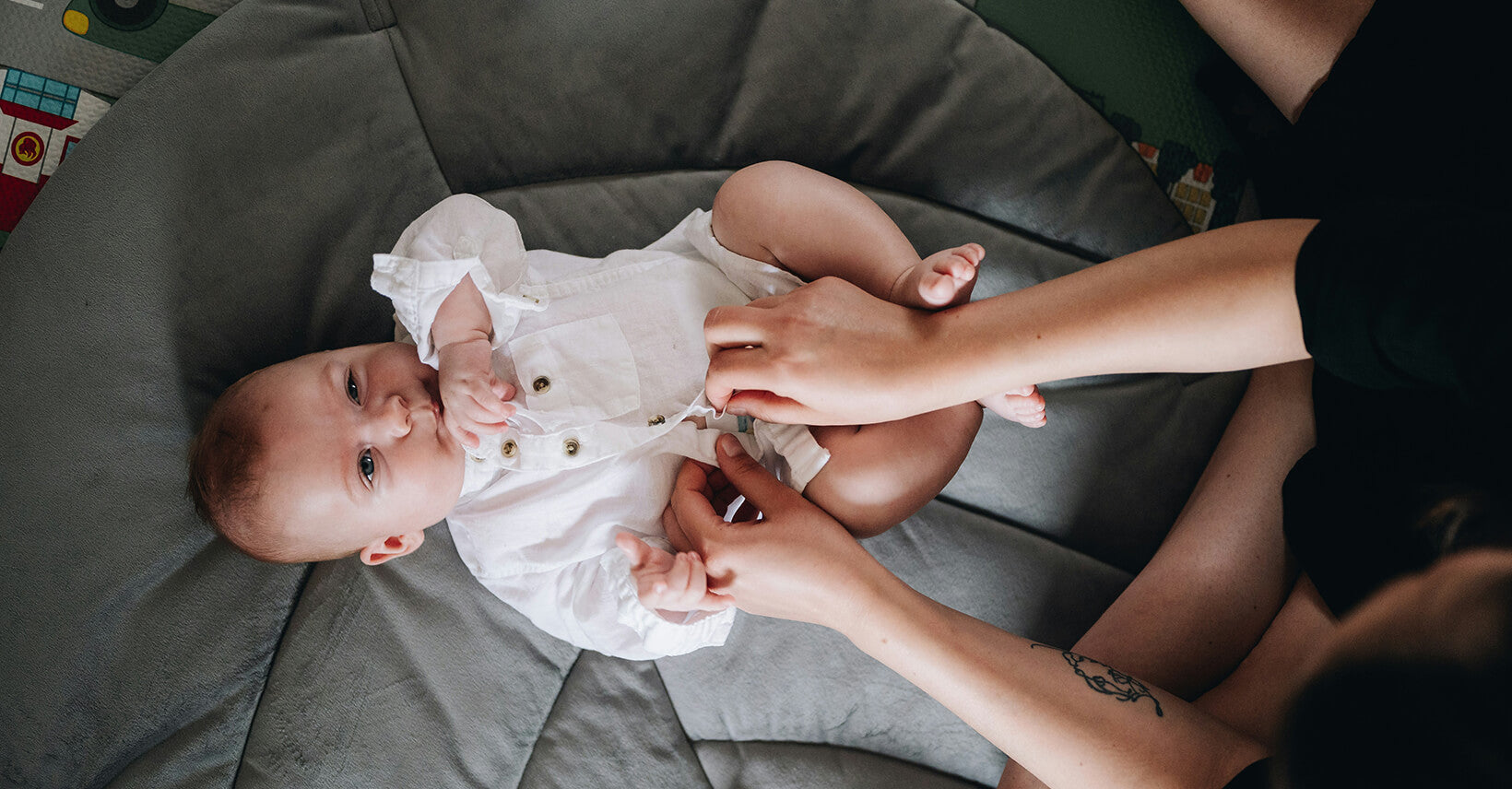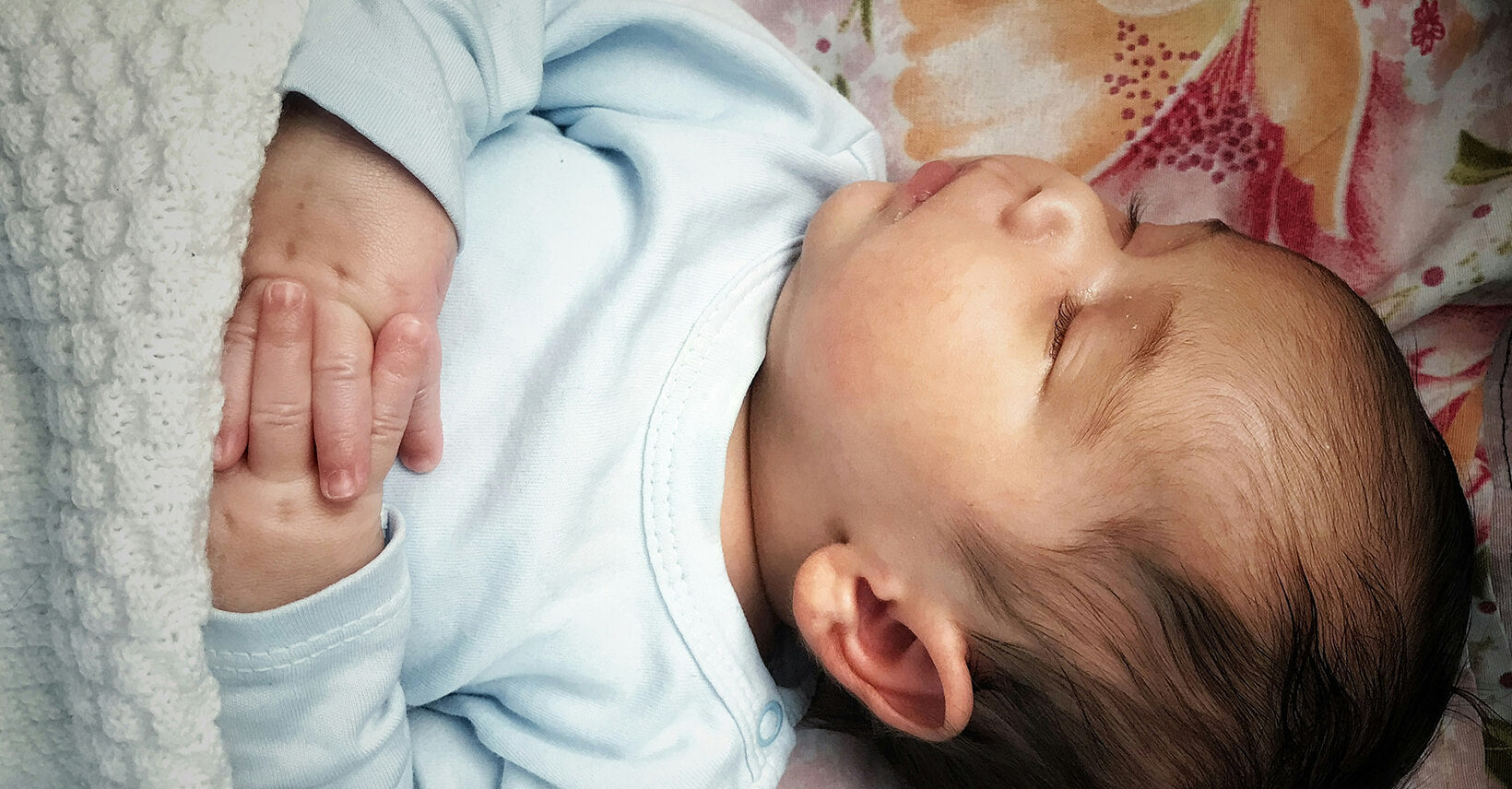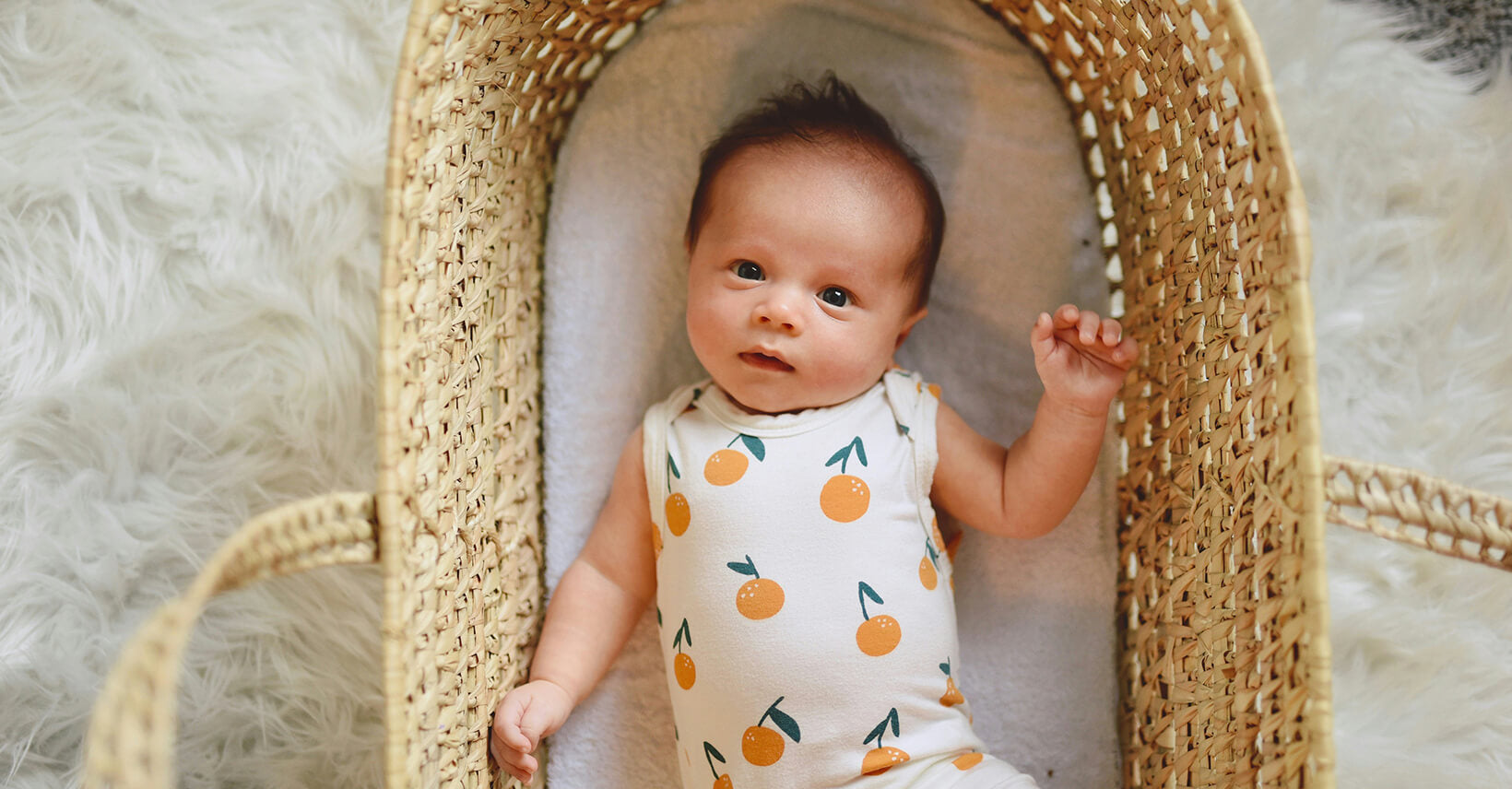
4 Month Old Wake Window and Sleep Schedule
Oh, 4 months - it's a golden age of infant sleep with adorably long naptimes and sleepy snuggles. But around 4 months, your perfect sleeper may start stirring more at night, requiring some schedule tweaking. Have no fear! Adjusting your 4-month-old's wake windows and sleep routine will restore peace and quiet.
What is the 4-month wake window?
The 4-month wake window refers to the period of wakefulness or alertness between two consecutive sleep periods for a baby who is approximately four months old. In the case of a 4-month-old baby, this wake window typically occurs during the day and night, encompassing times for feeding, play, learning, and interaction. Understanding wake windows and adjusting them appropriately as baby ages can greatly impact sleep.
- Overtiredness makes it harder for baby to fall asleep and sleep well. Keening wake windows age-appropriate prevents overtiredness.
- Signs baby is ready to nap include rubbing eyes, getting fussy, yawning. Starting naptime before these cues appear can prevent overtiredness.
- Wake windows vary by baby. Optimizing for each child prevents under or over-tiredness.
- Too short of a wake window prevents adequate daytime feeding and activity. Too long leads to meltdowns.
- Consistent, age-appropriate wake windows establish a healthy circadian rhythm and consolidated naps.
In summary, wake windows are sweet spots between naps that optimize alertness and prevent overtiredness. Adjusting wake windows as baby grows allows healthy sleep to develop.

How long is the 4 month old wake window?
At 4 months, babies are developmentally ready to stay awake for longer stretches before needing to sleep again. However, their sleep needs are still quite high at this age, so wake windows can't extend too long.
A 1.5 to 2 hour wake window is the sweet spot for a 4 month old between naps. Any shorter and they may not get enough eating and activity time. Any longer and they are likely to become overtired, making sleep more difficult.
Watch for tired signs around the 1.5 hour mark, like increased fussiness, rubbing eyes, disengaging from play. When you observe those cues, start winding down and putting baby to sleep again.
Adjust the exact wake window length based on your individual baby's needs. If they seem tired sooner, make the windows slightly shorter. If they can happily play longer, extend closer to 2 hours. But the 1.5-2 hour range is ideal for most 4 month olds.
Differences between morning and evening 4 month old wake windows
There are some key differences between morning and evening wake windows for 4 month old babies:
Morning wake window (first of the day) - This is typically the longest wake window, usually around 2 hours. Babies tend to be well-rested and most alert in the mornings.
Daytime wake windows - Midday windows are often slightly shorter, around 1.5 hours. As the day goes on, babies become more tired.
Evening wake window - The last window before bedtime is the shortest, usually 1-1.5 hours. Keeping this window brief ensures baby is tired enough for bed.
Activity levels - In the mornings, focus on more stimulating play and interaction during wake windows. In the evenings, keep things calmer with low key activities.
4 month old wake window activities
Feeding: Provide your baby with the amount of feeding time they need, whether breast-feeding or formula feeding, to meet their nutritional needs.
Toy Time: Give your baby age-appropriate toys to grope, grasp and explore. You could choose soft stuffed animals, puzzles, ringing bells or chewable toys.
Observe surroundings: Take your baby to a safe place and let them observe their surroundings. Watching plants in your home, birds outside your window, or other pets can get their attention.
Music time: Play soft music or nursery rhymes, or sing with your baby. Music helps your baby's hearing and emotional development.
Parent-child reading: Read picture books that are suitable for babies and let the baby listen to the language and look at the pictures. This helps your baby's language and cognitive development.
Physical activities: Perform gentle physical activities such as leg lifts, kicks or gently massaging your baby's hands and feet. This can help your baby's muscle development and improve their motor abilities.
Social interaction: Make facial expressions and eye contact with your baby, talk, giggle, and bond with them.
Outdoors activities: If the weather is suitable, take your baby outside to enjoy the natural sunshine and fresh air. This can enhance your baby's sensory experience.

Cradle time: In a safe environment, let the baby lie on the cradle or carpet, free to move and rest. This helps your baby relax and rest.
When 4 month old is ready for a long wake window?
When your baby is ready for a longer window of wakefulness, it usually means they are ready to spend a longer time interacting, learning, and participating in a variety of activities. Here are some signs that indicate your baby may be ready to have a longer wake window.
Stable sleep cycle: Your baby's sleep at night is gradually settling down, and they may be able to sleep continuously for longer periods of time without the need for frequent feedings or waking up during the night.
Longer alert time: Your baby may be able to stay alert during the waking window of the day and engage in more interactions and activities without getting tired quickly.
Greater interest in learning and interaction: Your baby may show greater interest in toys, facial expressions, sounds, and surroundings, and be willing to interact and learn with family members.
Longer quiet time: Your baby may have a longer continuous quiet time at night, which indicates that they have been able to maintain a better awake window at night.
It is important to note that every baby is unique and develops at different rates. So the length of the awake window will vary. It is important to observe your baby's signals and needs and gradually lengthen the awake window to accommodate their development and sleep patterns. If the baby shows obvious fatigue or discomfort, provide opportunities for rest and sleep in a timely manner.
How wake windows influence a baby's sleep schedule?
Bedtime: The length of the awake window will affect the time your baby falls asleep. If your baby has experienced a longer window of wakefulness after a previous sleep cycle, it may be easier for them to fall asleep because they are already tired. Conversely, if the wake window is too short, your baby may have trouble falling asleep at night because they are not sufficiently rested.
Night sleep: A properly arranged waking window can help your baby establish a more stable night sleep pattern. By ensuring your baby has enough awake time to interact and feed at night, they can better adjust to their nighttime sleep cycle and reduce the number of times they wake up during the night.
Daytime naps: The arrangement of the awake window also affects the number and length of daytime naps. If the wakefulness window is right during the day, your baby may have more short sleeps during the day, which helps meet their rest needs.
Sleep quality: A proper wake window can promote the quality of your baby's sleep because they have enough time to cool down before falling asleep and be ready for deep sleep.
In short, the reasonable arrangement of the awake window is crucial to the baby's sleep schedule and sleep quality. Parents can gradually adjust the awake window arrangement by observing the baby's signals and needs to meet the baby's development and sleep needs, and help them establish a more regular sleep pattern.
A personalized sleep schedule based on baby's wake windows
|
Time |
Activity |
|
7:00 AM |
Wake up and morning feed |
|
8:00 AM |
Playtime and interaction |
|
9:30 AM |
Morning nap (based on wake window) |
|
10:30 AM |
Wake up and mid-morning feed |
|
11:30 AM |
Playtime and tummy time |
|
1:00 PM |
Afternoon nap (based on wake window) |
|
2:30 PM |
Wake up and afternoon feed |
|
3:30 PM |
Playtime and sensory activities |
|
5:00 PM |
Early evening catnap (based on wake window) |
|
6:00 PM |
Wake up and early evening feed |
|
7:00 PM |
Bedtime routine and wind-down |
|
7:30 PM |
Bedtime and nighttime sleep |
Please note that this schedule is a general guideline, and you should adjust the timing based on your baby's specific wake windows and cues. Babies' sleep needs and patterns can vary, so it's essential to observe your baby's signals and adjust the schedule accordingly to ensure they are well-rested and comfortable.
Our favorites

Yujia Shi
An expert in sleep sack design, is a valued contributor to Kaiya Baby's blog. With a strong background in baby sleep bags and maternal care, she is highly regarded for her professionalism. Yujia Shi prioritizes baby comfort and safety in her designs, using high-quality materials. Her insightful articles on sleep bags have been featured in reputable publications and have gained a significant readership. Trust Yujia Shi to help you create a comfortable and safe sleep environment for your baby, backed by her proven track record in the industry.






Leave a comment
This site is protected by reCAPTCHA and the Google Privacy Policy and Terms of Service apply.